B. Answers to Short-Answer, Essays, and Problems
1. What is money? Explain in terms of the functions of money.
Money is whatever performs the three basic functions of money: It is a medium of exchange for buying and selling goods and services. It serves as a unit of account for measuring the monetary cost of goods and services. It is a store of value so people can transfer purchasing power from the present to the future. [text: E p. 710; MA p. 314]
2. What are the three functions that a commodity must fulfill to be useful as money?
The commodity must serve as a medium of exchange; it must provide a unit of account; and it must act as a store of value, that is, it must retain its worth in terms of other goods and services. [text: E p. 710; MA p. 314
3. Why can’t food be used as a form of money?
Hypothetically, you could use food as a means of exchange and a unit of account. For example, you could pay for goods in muffins. However, food is not a good store of value, as food can become stale and decay. Thus food does not maintain its value as a dozen fresh muffins today will not be worth the same 10 days from now. [text: E p. 710; MA p. 314]
4. Money is what money does. Explain.
This refers to the idea that money (at least paper money and checks) has no intrinsic value. It is valuable only in terms of its acceptability in exchange for goods and services. In other words, it is valuable only in terms of what it does: act as a medium of exchange, a unit of account, and a store of value. [text: E p. 710; MA p. 314]
5. Define asset liquidity. Provide an example of a highly liquid and highly illiquid asset.
An asset’s liquidity is the ease with which an asset can be converted quickly into cash with little or no loss of purchasing power. It can be concluded from this definition that cash is the most liquid asset available in our economy. On the other hand, a house is an example of a very illiquid asset. Houses are illiquid because they may take time to sell and because there are a substantial number of fees associated with the sale of a house and these fees generate a loss of purchasing power. [text: E p. 710; MA p. 314]
6. What is a key advantage of money over other financial assets such as stocks, bonds, precious metals or real estate?
A key advantage of money, especially in its cash form, is that it is widely accepted and easy to use for transactions. Other assets, such as stocks, bonds, precious metals, or real estate must first be converted to money before they can be used to make purchases. Ease with which such assets can be converted to money without losing purchasing power is a measure of the liquidity of an asset. [text: E pp. 710-711; MA pp. 314-315]
7. Some government bonds can be redeemed for currency or a check at banks. Why, then, isn’t it universally agreed that government bonds are money?
The question literally answers itself. These assets must be exchanged for currency or a check (which is money by definition) before they are generally acceptable in exchange for goods and services. While they can be exchanged for currency or a check, bonds are one step removed from being spendable as money. [text: E pp. 710-711; MA pp. 314-315]
8. What are the two major components of the M1 money supply?
The narrowly defined money supply is called M1 and has two principal components. One component is checkable deposits: They allow a person to transfer ownership of deposits to others by the writing of checks; these checks are generally accepted as a medium of exchange.
The other component is currency: It consists of coins that are token money, which means the value of the metal in the coin is less than the face value of the coin. It also consists of paper money in the form of Federal Reserve Notes [text: E pp. 711-712; MA pp. 315-316]
9. Why are modern coins not made of precious metals?
If a quarter, for example, were made of platinum instead of a more common metal, its value would be more than the 25 cents it is officially posted to be worth. People would then have the incentive to accumulate quarters and melt them down and sell them as platinum for a profit, instead of using them as money. Quarters would then disappear from circulation. This is the reason why coins are not made from precious metals. [text: E p. 710; MA p. 314]
10. How is a commercial bank different from a savings and loan association?
A commercial bank differs from a savings and loan association primarily in the type of loans each is allowed to make. Savings and loan associations were originally established to act as lending institutions for homebuyers. Thus, most of their assets were mortgages. Commercial banks, on the other hand, dealt with business loans and short-term consumer and installment loans. Banks were allowed to have checking accounts whereas S&Ls were not. Today, the difference between the two institutions is blurred as S&Ls offer checkable deposits and make short-term consumer loans. They still exist primarily to make home mortgage loans. Commercial banks are still the major source of business short-term borrowed funds and offer commercial checking accounts. While banks do make some long-term home loans, they are still primarily associated with business lending and short-term consumer loans. [text: E p. 712; MA p. 316]
11. Are currency and checkable deposits owned by the government (U.S. Treasury) and the Federal Reserve Bank, commercial banks, and other financial institutions part of the money supply? Explain.
No. Currency and checkable deposits at these institutions are not counted. In the case of commercial banks and other financial institutions, if currency from an individual is deposited in a checking account, and both the currency and checkable deposit were then counted as part of the money supply, then it would be double counting. So, the money supply consists only of the currency and checkable deposits held by individuals or businesses at financial institutions. The exclusion of currency and checkable deposits held by government is more arbitrary, but permits economists to focus on the money supply in the private sector of the economy. [text: E p. 712; MA p. 316]
12. What is the difference between the M1 and M2 definitions of the money supply?
Both M1 and M2 are definitions of the economy’s money supply. M1 is the definition of the money supply with the highest degree of liquidity, the money supply used mainly for transactions purposes. M1 consists of currency (coins and paper money) and checkable deposits. M2 consists of everything in M1 plus savings deposits, including money-market deposit accounts, small time deposits, and money-market mutual fund balances held by individuals. [text: E pp. 711-714; MA pp. 315-318]
13. Use the figures in the table below to answer the following questions.
Billions
Small time deposits
Money-market mutual funds held by businesses
Savings deposits, including money-market deposit accounts
Money-market mutual funds held by individuals
Checkable deposits
Currency $1014
1190
3649
744
633
743
(a) What is the value of M1?
(b) What is the value of M2?
(a) $743 billion + $633 billion = $1376 billion
(b) $1376 billion + $3649 billion + $1014 billion + $744 billion = $6783 billion
[text: E pp. 711-714; MA pp. 315-318]
14. Use the figures in the table below to answer the following questions.
Billions
Small time deposits
Money-market mutual funds held by businesses
Savings deposits, including money-market deposit accounts
Money-market mutual funds held by individuals
Checkable deposits
Currency $1260
1290
1750
850
896
340
(a) What is the value of M1?
(b) What is the value of M2?
(a) $896 billion + $340 billion = $1236 billion
(b) $1236 billion + $1750 billion + $1290 billion + $850 billion = $5096 billion
[text: E pp. 711-714; MA pp. 315-318]
15. Use the figures in the table below to answer the following questions.
Billions
Small time deposits
Money-market mutual funds held by businesses
Savings deposits, including money-market deposit accounts
Money-market mutual funds held by individuals
Checkable deposits
Currency $1250
1300
1620
905
836
325
(a) What is the value of M1?
(b) What is the value of M2?
(a) $836 billion + $325 billion = $1161 billion
(b) $1161 billion + $1620 billion + $1250 billion + $905 billion = $4936 billion
[text: E pp. 711-714; MA pp. 315-318]


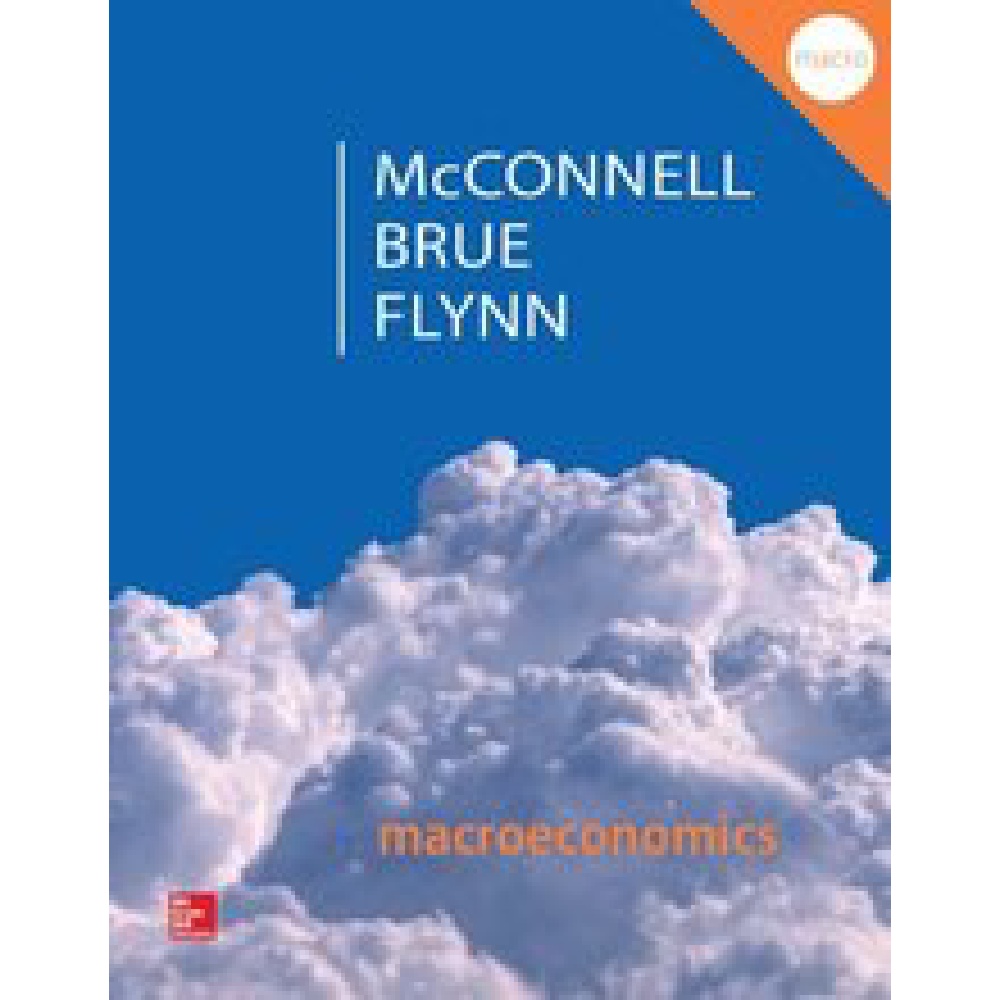
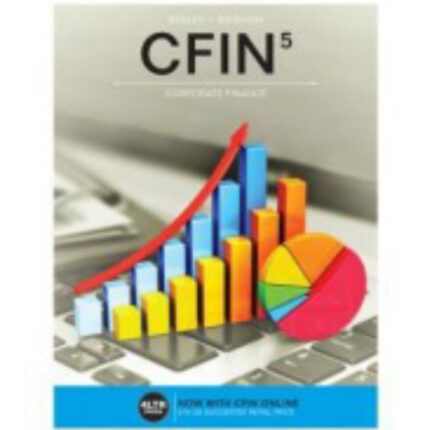

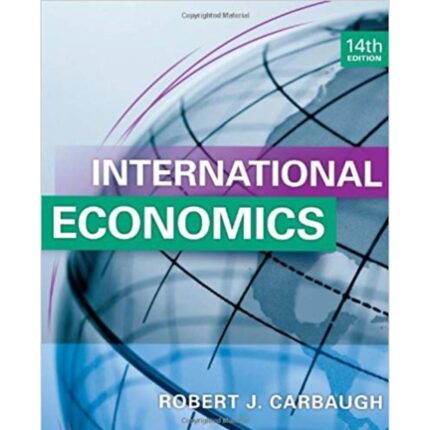

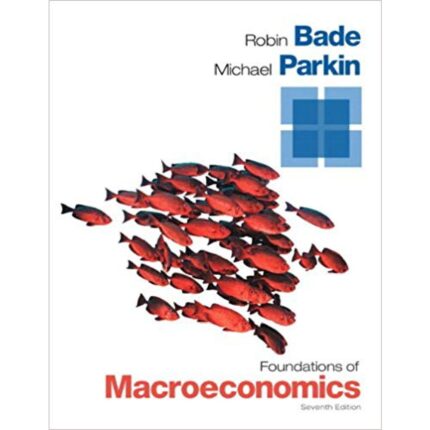



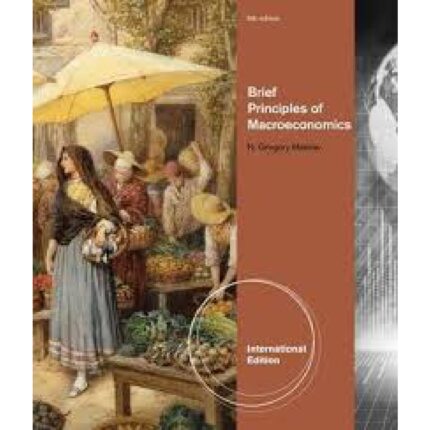

Reviews
There are no reviews yet.